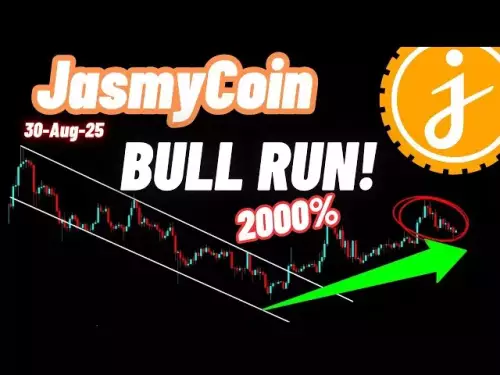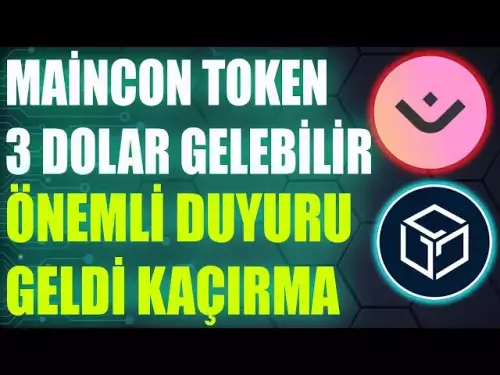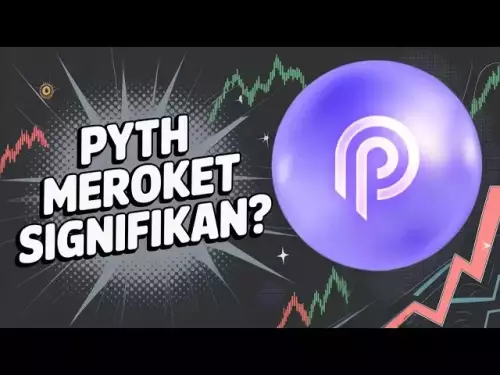-
 Bitcoin
Bitcoin $108800
0.62% -
 Ethereum
Ethereum $4358
0.91% -
 Tether USDt
Tether USDt $1.000
0.01% -
 XRP
XRP $2.807
-0.03% -
 BNB
BNB $859.1
0.49% -
 Solana
Solana $201.3
-0.52% -
 USDC
USDC $0.0000
0.00% -
 Dogecoin
Dogecoin $0.2154
2.38% -
 TRON
TRON $0.3382
0.59% -
 Cardano
Cardano $0.8182
0.47% -
 Chainlink
Chainlink $23.39
0.75% -
 Hyperliquid
Hyperliquid $44.21
0.71% -
 Ethena USDe
Ethena USDe $1.001
0.02% -
 Sui
Sui $3.290
2.03% -
 Stellar
Stellar $0.3567
-0.05% -
 Bitcoin Cash
Bitcoin Cash $543.3
1.96% -
 Cronos
Cronos $0.3164
17.71% -
 Avalanche
Avalanche $23.74
1.91% -
 Hedera
Hedera $0.2252
-0.09% -
 UNUS SED LEO
UNUS SED LEO $9.513
0.62% -
 Litecoin
Litecoin $110.1
0.80% -
 Toncoin
Toncoin $3.128
2.55% -
 Shiba Inu
Shiba Inu $0.00001235
2.77% -
 Uniswap
Uniswap $9.677
2.17% -
 Polkadot
Polkadot $3.772
0.91% -
 Dai
Dai $0.0000
0.01% -
 Bitget Token
Bitget Token $4.536
0.36% -
 Aave
Aave $317.0
2.25% -
 Monero
Monero $257.2
0.13% -
 Ethena
Ethena $0.6557
3.59%
Mastering Bitfinex Scaled Orders for Smarter Entry and Exit Points.
Bitfinex scaled orders split large trades into smaller limit orders across a price range, reducing slippage and improving entry/exit timing.
Aug 30, 2025 at 05:00 pm
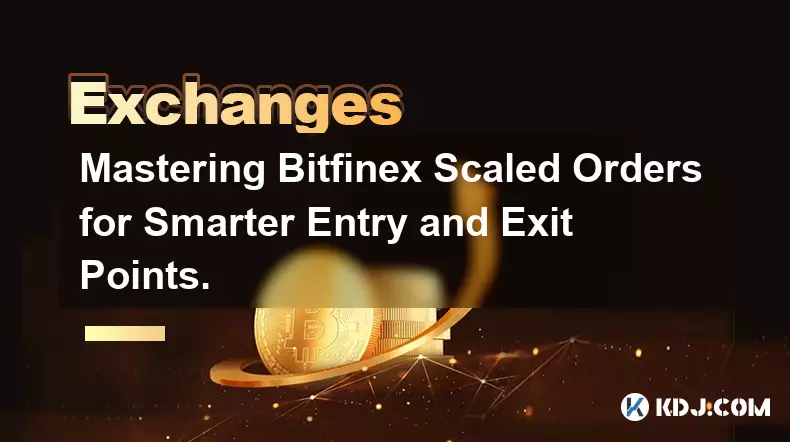
Understanding Scaled Orders on Bitfinex
1. Scaled orders on Bitfinex allow traders to break a large order into multiple smaller ones, distributed across a specified price range. This strategy reduces market impact and helps avoid slippage when entering or exiting large positions. Instead of executing a single market-moving trade, the platform automatically places limit orders at incremental price levels.
2. Traders can define the total quantity, the starting and ending prices, and the number of intervals. For example, a buy order for 10 BTC could be split into 10 separate limit orders of 1 BTC each, placed from $60,000 down to $58,000. This gradual entry helps average the purchase price and aligns with dollar-cost averaging principles.
3. Scaled orders are particularly useful in volatile markets where abrupt price swings can trigger unfavorable fills. By spacing orders over a range, traders gain better control over execution and reduce the risk of poor fills during sudden spikes or dips.
4. The feature is accessible through the Bitfinex trading interface under advanced order types. Users can set either buy or sell scaled orders, depending on their market outlook. The system then monitors the order book and deploys limit orders as conditions are met.
5. Because scaled orders use limit pricing, they do not guarantee full execution. If the market moves outside the defined range before all sub-orders are filled, some portions may remain unexecuted. This requires traders to monitor open orders and adjust parameters accordingly.
Optimizing Entry Strategies with Scaled Orders
1. When entering a long position, traders can use a descending scaled buy order to accumulate assets as prices dip. This approach is effective in downtrends or consolidating markets, where lower prices present better value. Each fill occurs at progressively lower levels, improving the average entry price.
2. For bullish breakouts, a rising scaled buy order can be used to enter as momentum builds. By placing buy orders above the current price, traders participate in upward movement without chasing the market aggressively. This method prevents overcommitting at the initial breakout point.
3. Position sizing plays a crucial role in scaled entries. Allocating a fixed percentage of capital across each interval ensures risk is evenly distributed. Large allocations at early levels may skew the average price if the market continues moving favorably.
4. Combining scaled orders with technical indicators like support zones or moving averages enhances precision. For instance, setting the lower bound of a buy scale near a strong historical support level increases the probability of fills at attractive prices.
5. Monitoring order book depth helps determine realistic interval spacing. Placing too many orders in a thin market may result in partial fills or missed levels. Adjusting the number of steps based on liquidity improves execution efficiency.
Refining Exit Tactics Using Scaled Sell Orders
1. Scaled sell orders enable traders to gradually liquidate holdings as prices rise, capturing gains across a range instead of relying on a single exit point. This is especially useful after a strong rally, where timing the top is difficult.
2. A trader holding 50 ETH might set a scaled sell from $3,000 to $3,500 in 10 increments. As the price climbs, portions of the position are sold, locking in profits incrementally. This avoids the regret of holding too long and watching gains evaporate.
3. In sideways markets, ranged scaled sells can be placed between resistance levels. If price repeatedly tests a ceiling, distributing sell orders just below that zone increases the chance of execution without undercutting the market.
4. Traders can also use scaled orders to rebalance portfolios. For example, reducing exposure to an overperforming cryptocurrency while maintaining a core holding. The gradual exit preserves some upside while securing profits.
5. Setting trailing parameters or adjusting the scale dynamically based on new highs allows adaptation to extended trends. Some advanced users reconfigure their sell scales after each major move to extend the range upward.
Frequently Asked Questions
How do I set up a scaled order on Bitfinex?Navigate to the advanced order section on the trading dashboard. Select 'Scaled Order,' choose buy or sell, input the total amount, define the price range, and specify the number of steps. Confirm the parameters and submit.
Can scaled orders be modified after submission?Yes, pending scaled orders can be edited or canceled before full execution. Users can adjust the price range, quantity, or number of intervals as market conditions change.
Do scaled orders incur higher fees?No, Bitfinex applies standard fee structures based on the user’s tier. Since scaled orders consist of limit trades, they qualify for maker fees when placed passively on the order book.
What happens if the market skips over part of my scale?If price moves too quickly, some limit orders within the scale may not get filled. The system only executes orders at the specified levels, so gaps in price action can leave portions unfilled. Monitoring and adjusting the range is essential.
Disclaimer:info@kdj.com
The information provided is not trading advice. kdj.com does not assume any responsibility for any investments made based on the information provided in this article. Cryptocurrencies are highly volatile and it is highly recommended that you invest with caution after thorough research!
If you believe that the content used on this website infringes your copyright, please contact us immediately (info@kdj.com) and we will delete it promptly.
- Layer Brett vs. Dogecoin Pepe: The Meme Coin Evolution
- 2025-08-31 02:45:15
- Dogecoin, Staking Rewards, and Layer Brett: The Meme Coin Evolution
- 2025-08-31 02:45:15
- Pudgy Party: How Pudgy Penguins are Revolutionizing Web3 Gaming with Skins and PENGU Tokens
- 2025-08-31 03:05:12
- BlockDAG's Hybrid Tech & Presale Challenge: A 2025 Crypto Game-Changer
- 2025-08-31 03:10:12
- Elon Musk, Dogecoin, and the Treasury: A New Chapter for Meme Coins?
- 2025-08-31 01:05:16
- MemeCore's Wild Ride: Rallying to ATH and Beyond!
- 2025-08-31 01:10:13
Related knowledge
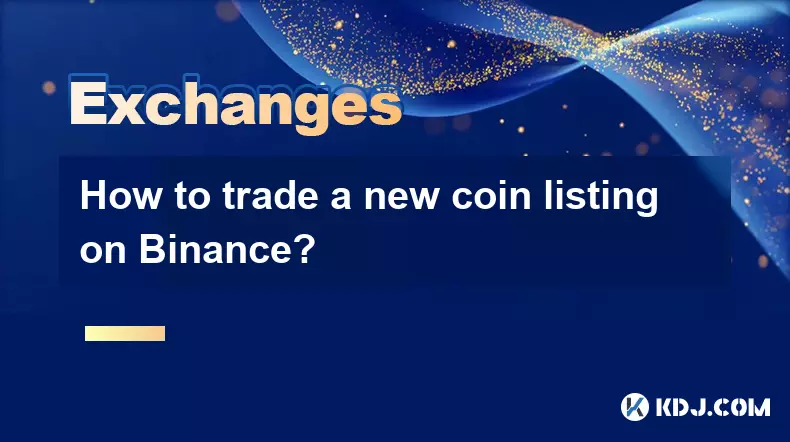
How to trade a new coin listing on Binance?
Aug 29,2025 at 11:14am
Understanding the Pre-Listing Phase1. Research the project thoroughly before any listing announcement. Whitepapers, team backgrounds, and community se...
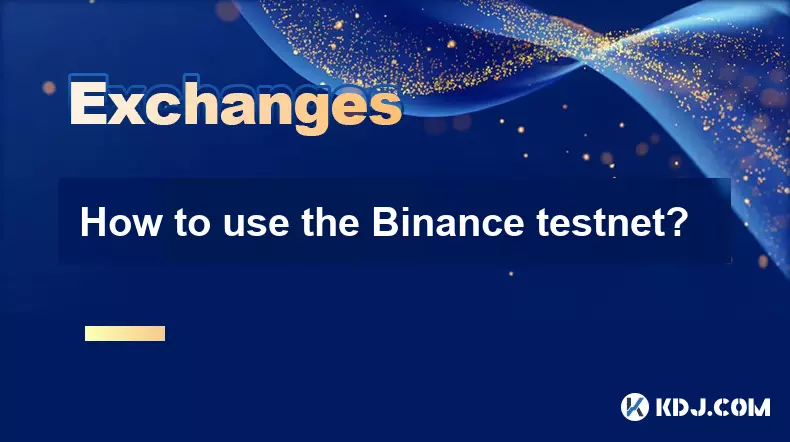
How to use the Binance testnet?
Aug 31,2025 at 02:19am
Understanding the Binance Testnet Environment1. The Binance testnet is a simulated version of the Binance Smart Chain (BSC) that allows developers and...
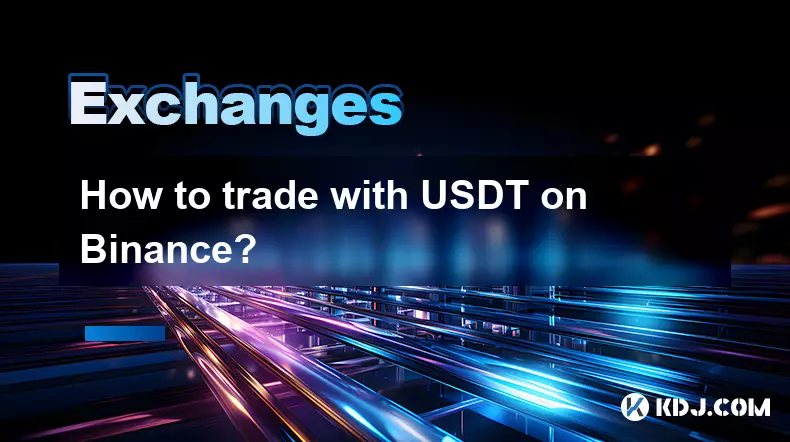
How to trade with USDT on Binance?
Aug 30,2025 at 02:19am
Getting Started with USDT Trading on Binance1. Create and verify your Binance account. Visit the official Binance website and complete the registratio...
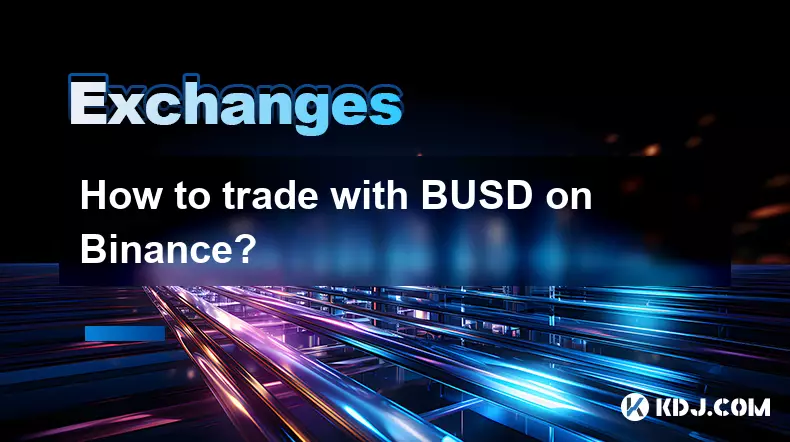
How to trade with BUSD on Binance?
Aug 30,2025 at 07:42am
Understanding BUSD and Its Role in Binance Trading1. BUSD, or Binance USD, is a stablecoin pegged to the value of the U.S. dollar, meaning 1 BUSD is a...
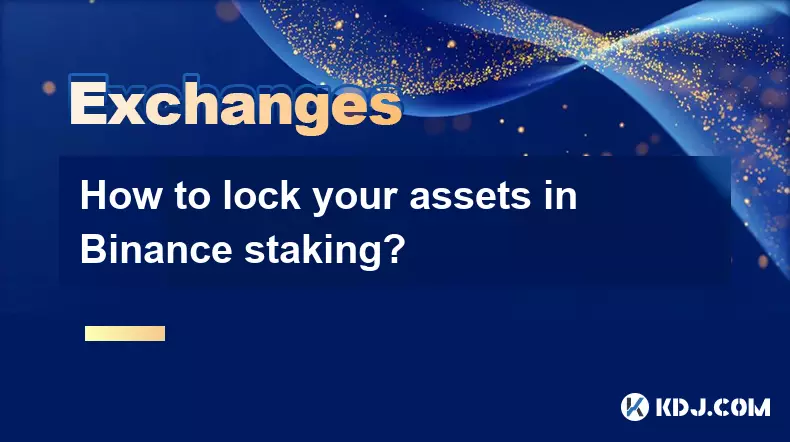
How to lock your assets in Binance staking?
Aug 30,2025 at 01:37pm
Understanding Binance Staking Options1. Binance offers multiple staking products including Locked Staking, DeFi Staking, and Liquid Staking. Each prod...
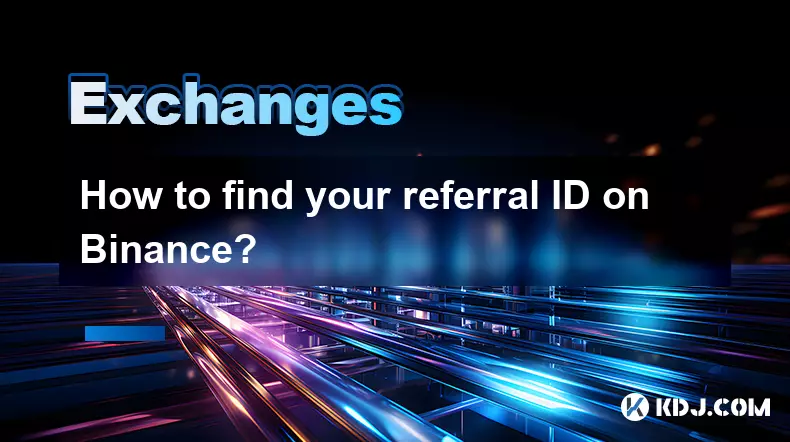
How to find your referral ID on Binance?
Aug 30,2025 at 12:18am
Understanding the Importance of a Referral ID on Binance1. A referral ID on Binance is a unique identifier assigned to each user who participates in t...

How to trade a new coin listing on Binance?
Aug 29,2025 at 11:14am
Understanding the Pre-Listing Phase1. Research the project thoroughly before any listing announcement. Whitepapers, team backgrounds, and community se...

How to use the Binance testnet?
Aug 31,2025 at 02:19am
Understanding the Binance Testnet Environment1. The Binance testnet is a simulated version of the Binance Smart Chain (BSC) that allows developers and...

How to trade with USDT on Binance?
Aug 30,2025 at 02:19am
Getting Started with USDT Trading on Binance1. Create and verify your Binance account. Visit the official Binance website and complete the registratio...

How to trade with BUSD on Binance?
Aug 30,2025 at 07:42am
Understanding BUSD and Its Role in Binance Trading1. BUSD, or Binance USD, is a stablecoin pegged to the value of the U.S. dollar, meaning 1 BUSD is a...

How to lock your assets in Binance staking?
Aug 30,2025 at 01:37pm
Understanding Binance Staking Options1. Binance offers multiple staking products including Locked Staking, DeFi Staking, and Liquid Staking. Each prod...

How to find your referral ID on Binance?
Aug 30,2025 at 12:18am
Understanding the Importance of a Referral ID on Binance1. A referral ID on Binance is a unique identifier assigned to each user who participates in t...
See all articles























